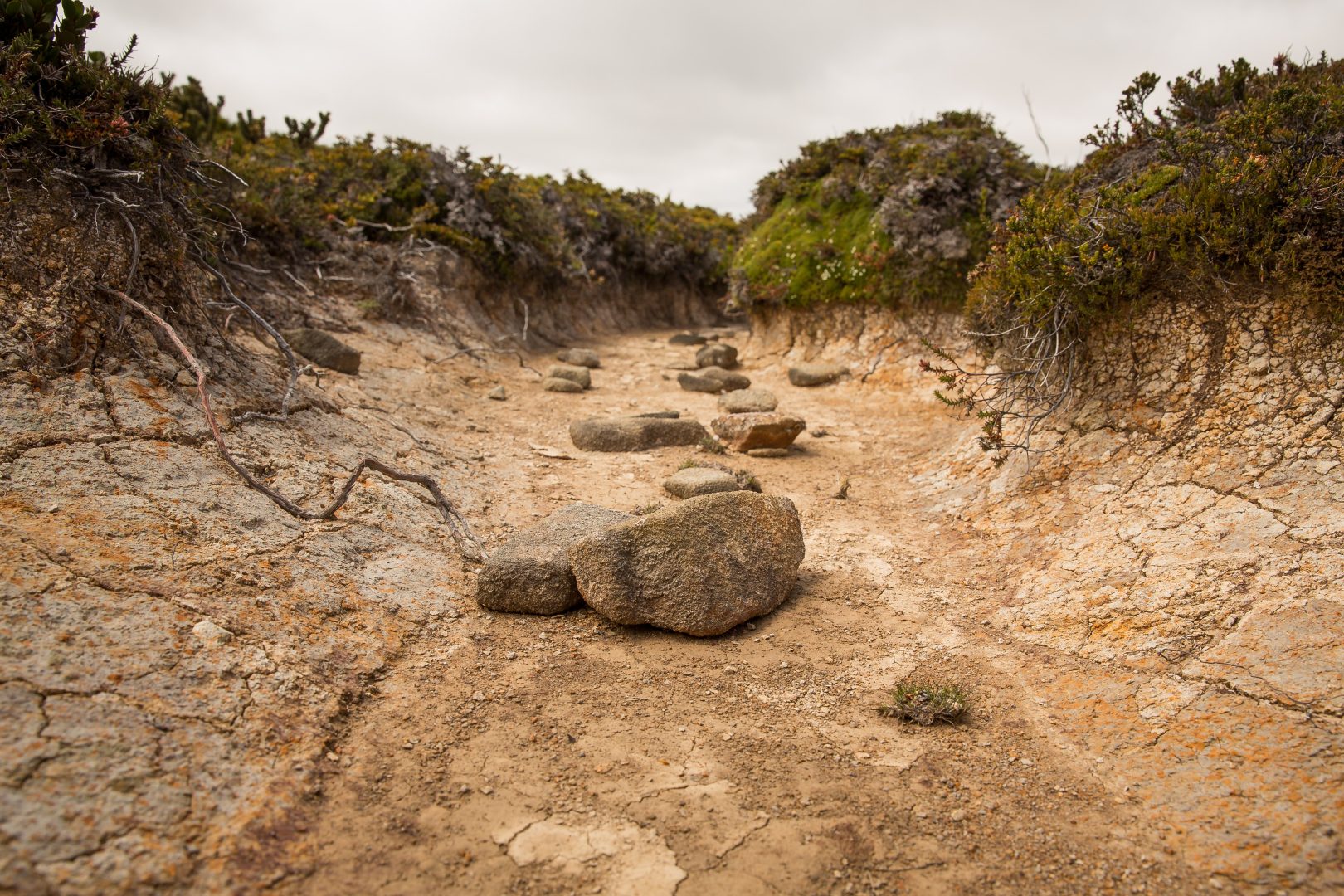Our planet is called earth, but we know that it is 70% covered in water. This natural supply is believed to be around 535.1 million km3 . That sounds like a lot, right?
Well, the truth is that from that total, 96% is saline. From this 4% of freshwater, over 68% is locked up in ice and glaciers and another 30% is in the ground. So, the most important source of fresh surface water people use comes from rivers, and it only constitutes 2,120 km3.
As a consequence of collapsed infrastructure and distribution systems, contamination, conflict, or poor management of this natural resource as well as human factors, a great percentage of world’s populations can’t access their right to safe water and sanitation.

On average, per day in the Netherlands a person needs 129 liters of water. That means that per year each one of us uses around 47,000 liters As we saw in a previous article, the waste of water generates an environmental impact that leaves a trace.
According to earth.org nearly two-thirds of the world’s population is predicted to face water shortages by 2025.
We need water to keep our ecosystems thriving and of course, to feed the human population. But… at what cost? Rivers are drying up and becoming too polluted to use. Agriculture consumes the most of this available resource, however 1.3 billion tons of food suitable for human consumption are lost or wasted.
What’s causing the shortage?
Half of the world’s population are experiencing water scarcity. Furthermore, water insecurity disproportionately impacts people in vulnerable situations, especially in low-income countries. (IIPC).
There are two root causes for this problem. One of them is climate change and the other is the increase in world population.

Climate change alters the quantity, quality and moreover, spatial distribution of global water resources. Rainfall patterns are altered by the warmer temperatures. According to a IPCC report, wet regions will flood and dry regions will get drier. Even more, the increases in the frequency of extreme events such as droughts and heatwaves will contribute to drought.
Another study from Nature Geoscience shows a link between available groundwater stored in aquifers and climate change. Currently, the storage of this type of water supplies 36% of the homes of more than 2 billion people. This research predicts that 44% of all aquifers globally will be fully impacted and depleted as a result of climate change in the next 100 years, as a consequence of changes in the intensity of rainfall patterns.
Besides, another issue arises along with the projected groundwater salinization, decreasing freshwater availability in coastal areas.
Which industries use the most water?
We recently talked about agriculture, but what other industries use large amounts of this natural resource? See this numbers from 2030 builders
| Agriculture | 70% of the world’s freshwater is used for agriculture. In Europe, this sector requires 44% of freshwater resources. |
| Fashion industry | The 79 billion cubic meters of freshwater used yearly by the fashion industry secured its place as the second most water-consuming industry in the world. |
| Energy industry | The world’s energy production consumes approximately 52 billion cubic meters of freshwater each year.This significant water volume comes mainly from power plants needing it for their cooling processes. |
| Meat industry | It takes 15,000 litres of water to produce 1 kilogram of beef and over 10,000 litres to bring 1 kilogram of sheep meat to our tables. |
| Beverage industry | 19 companies reported a total water use of 746 billion liters in 2017. This would be enough for over 1,081 million people to drink in one year. |
| Construction, mining, and car industries | In Europe, the mining and quarrying industry is responsible for about 4% of the water consumption, while the construction industry accounts for around 3.4%.It takes around 148,000 liters of water to produce a car. |
What can we do about it?
UNESCO’s notes about water conservation states that water should be reused or transformed into energy and secondary materials, following circular economy principles.
The Dutch government has developed a strategy to fully embrace a circular economy in 2050, with a special approach to water use and has adopted a combination reuse techniques, educational programmes and new procurement mechanisms to address this challenge.
A way to deal with this issue is to create closed cycles in buildings to reduce domestic drinkable water consumption, working with utility companies and public housing associations to bring about change.
At the city level, authorities are working with utility companies to recycle Amsterdam’s used water within a contained closed loop, to extract nutrients – such as phosphates from sewage – that are found in wastewater but lost when using traditional sewer systems.
But also, there are some actions that we can improve from home:
1- Check for leaks in faucets and toilets.
2- Save water while doing the dishes, follow these tips.
3- Take shorter showers
4- Turn off the faucet while brushing your teeth or shaving
5- Use clothes washer only for full loads
6- Eat Less Water-Intensive Foods (Yes, meat)
7- Think twice before buying new clothes. (And prefere recycled threads!)
There is no better day than today to start a more sustainable life!
Visit our site for more information 😀
Read more about…


